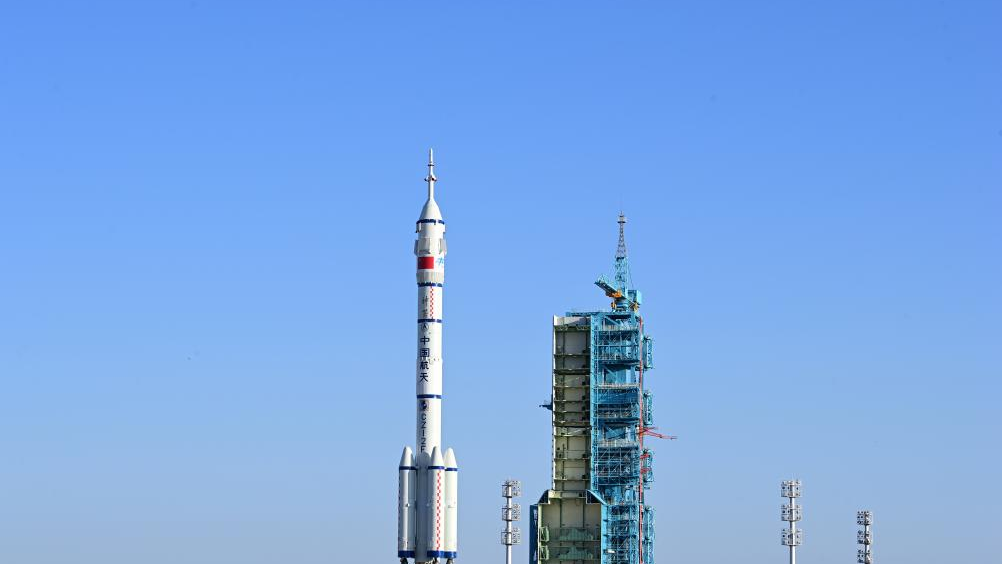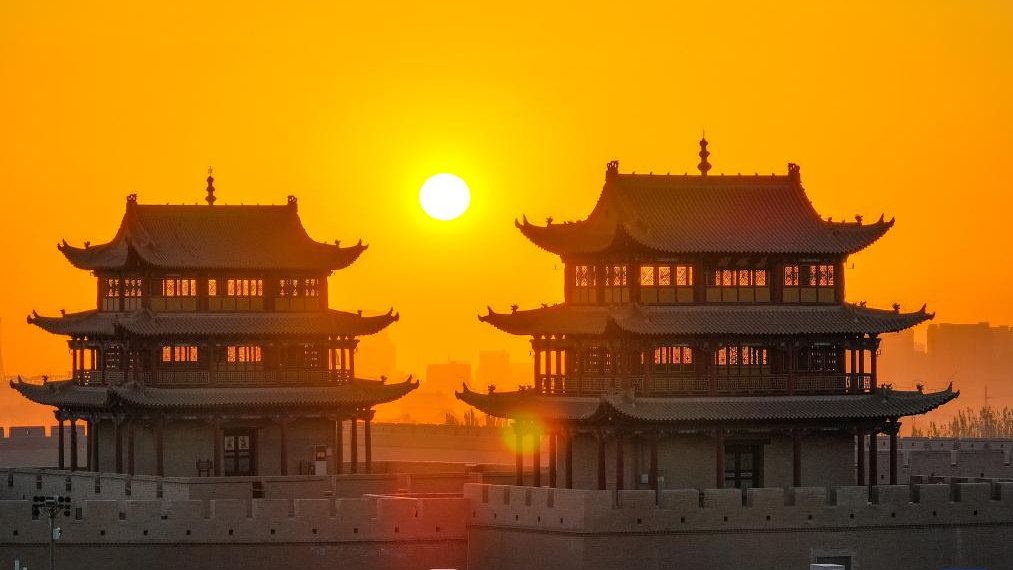NDB positioned to drive growth of member states
The New Development Bank will make greater efforts to advance economic growth in emerging economies and help address pressing issues such as climate change as it welcomes more potential members, said Dilma Rousseff, the NDB's president.
To help emerging countries ensure stable development and avoid crises, the NDB will facilitate the building of infrastructure in areas such as logistics, education, digital services and healthcare, Rousseff had said during an interview in September after she received China's Friendship Medal, the highest honor China offers foreigners.
The NDB has already stepped up efforts to finance infrastructure projects in member countries. It has cumulatively approved loans of $35 billion for 105 projects, with the major ones being the Mumbai Urban Transport Project-III in India, the Serra da Palmeira Wind Power Project in Brazil, and the Jiangxi Urban and Rural Cold Chain Logistics Project in China, according to a Xinhua News Agency report.
At the end of August, the NDB announced a $280 million loan agreement with Transnet, South Africa's leading freight transport and logistics company, to support the modernization and improvement of the country's freight rail sector.
During a meeting of the bank's board of directors in late August, a $1-billion loan was approved for financing South Africa's water and sanitation infrastructure development. Another $150 million loan was approved to China's Bank of Communications Financial Leasing for the acquisition of at least three liquefied natural gas carriers.
In January, the NDB inked three loan agreements with India to boost the country's transportation, water, and sanitation infrastructure in designated areas. The combined value of the loans is about $700 million.
As Rousseff pointed out, developing countries have limited capacity to address climate change. Further development and use of more renewable energy sources was needed, she said. As China is already a world leader in the electric vehicle segment, she hoped the nation would make more progress in energy storage and stable renewable energy supply.
According to the NDB's strategy between 2022 and 2026, climate change mitigation will be a focus area, as the majority 40 percent of the bank's $30 billion financing to be provided by 2026 has been reserved for green goals.
After issuing a 6-billion yuan ($840 million) five-year panda bond — yuan-denominated bonds issued by overseas institutions in the Chinese onshore market — at the beginning of the year, in July the NDB issued an 8-billion yuan three-year panda bond. The bonds are part of the bank's efforts to finance infrastructure and sustainable development in member states while addressing the United Nations' Sustainable Development Goals.
Initiated by Brazil, Russia, India, China, and South Africa in 2014 with the purpose of mobilizing resources for infrastructure and sustainable development projects in emerging markets and developing countries, the NDB formally began operations in July 2015, with its headquarters in Shanghai.
In 2021, the NDB began expanding its membership and admitted Bangladesh, Egypt, the United Arab Emirates, and Uruguay as new member countries.
"The partnership within the NDB does not sit on the development goals of respective members but rather represents the vision of member countries and better connects them," she said, adding that the NDB welcomes other countries.
A model for the future
According to Rousseff, China's development trajectory can serve as a good reference for the Global South. The nation's experiences show that economic, infrastructure, and technological development can overcome barriers, sanctions, and obstacles, she said.
Applauding China's achievements in the fields of socioeconomic and cultural development over the past 75 years, Rousseff said that it is now taking the lead in innovation, helping to advance globalization and reform. The country's stress on the development of new quality productive forces has shown its dedication to scientific and technological development.
"I feel like there is no one single moment that I can have a full picture of China, as it is always developing, taking on a new look. The ever-ongoing reform and opening-up has been refreshing China's image," she said.
The stronger ties between China and Brazil are another good example, showing that partnership among the Global South countries can help facilitate economic growth and improve people's well-being, she said.
Under the Belt and Road Initiative, China and Brazil have strengthened their cooperation in the areas of trade and technology. At the same time, Brazil has served as China's largest food supplier over the past few years, playing an important role in China's food security, said Rousseff.
Meanwhile, Chinese companies' presence in Brazil is of great importance, facilitating Brazil's reindustrialization, she said.
As Rousseff further explained, there are several highlights in China's investments in Brazil. These include the China National Offshore Oil Corporation's concession contracts with Brazil's leading oil and gas company Petrobras for oil exploration in the Pelotas Basin in southern Brazil.
Also, the less-developed areas in Brazil have benefited from China's investment in power and overall energy supply, and high-voltage direct transmission lines built by China have helped address Brazil's energy shortage, she said.
Since 2009, China has been Brazil's largest trading partner and a major source of investment, while Brazil has been China's largest trading partner in Latin America. Trade volume between China and Brazil reached $181.53 billion in 2023.
Photos
Related Stories
- Jim O'Neill stresses promoting trade, combating global challenges for future BRICS cooperation
- In pics: media center of 16th BRICS Summit in Kazan
- BRICS acts as important mechanism for emerging economies, say Zambian experts
- Runjia in Kazan | Exploring China-Russia economic and trade ties
- Xi's remarks at BRICS summits
Copyright © 2024 People's Daily Online. All Rights Reserved.









